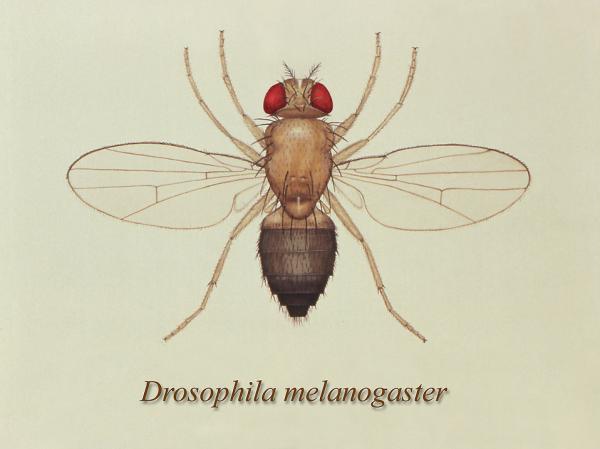
A small confession, I feel evolution has solved many of the problems and decision making we do in beautiful ways. When I see an article that supports my belief, I read and share it where I can. Call it curator’s bias. So I want to share how the fruit fly has solved a problem that continues to vex Amazon and Netflix, making the recommendations we encounter every day we use e-commerce.
I am talking about those little reminders that people that bought this, often bought that or if you like this, you will most like this other thing over here. In the world behind the screen, these are known as similarity searches, which can be quite complex and how to do them accurately and efficiently occupies the time of many computer scientists. But here’s the thing, the fruit fly already can do this better than us, so why not learn from them?
We do similarity searches every day, comparing our current experience to our memory. Fruit flies are a bit more focused. Is the smell currently experienced similar to other good things, like a strawberry; or is it similar to a bad thing, like Raid and best avoided?
When a fruit fly encounters an odor about 50 neurons light up. But instead of storing that pattern immediately, those 50 neurons light up about 2000 additional neurons that create an even more ‘nuanced smellprint.’ The fruit fly brain then 'saves' the top 5% of lit neurons as the memory. As it turns out, those top 5% of neurons identify 'similar' more efficiently than the original 50 excited neurons.
Unlike the fruit fly that expands the pattern (at least based on neurons firing) before remembering, computer algorithms narrow the search as quickly as possible in searching for the best match. Researchers at the University of California, San Diego (UCSD) constructed a similarity search model using the fruit fly’s approach, testing it against three standard datasets used for performance evaluation. They found that the fruit flys approach performed better in identifying similarity quickly.
Do humans employ a similar approach? There is good evidence that memories attached to emotions are more cognitively available, than memories without emotional attachments. That is why, in part, stories are more memorable than isolated facts. Perhaps these feelings are the ‘2000 additional neurons?’ We have a word for memories associated with emotions, gist - the main or essential part of a matter. Gist conveys more, our conclusions, our intuitive feeling about the fact. We often make decisions based on the gist, not merely the facts.
Metaphorically we frequently compare our brains to computers, but this study with fruit flies suggests that cross-specialty thinking can unlock much of what evolution has already found useful.
Source: Fruit Fly Brains Inform Search Engines of the Future a press release (I deeply apologize but there is no current primary source document) from UCSD.



